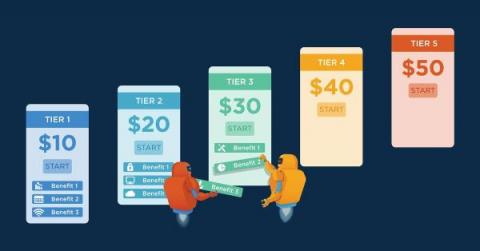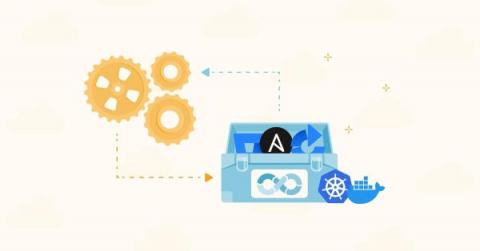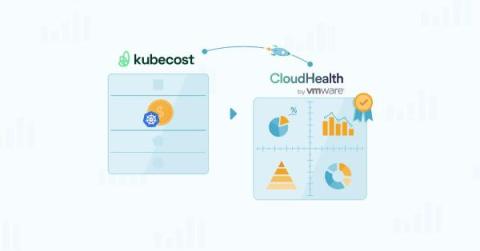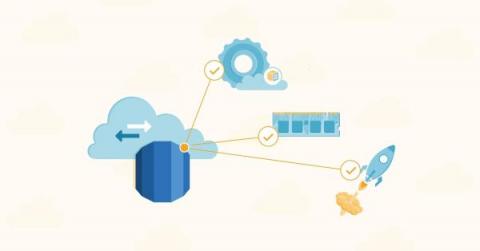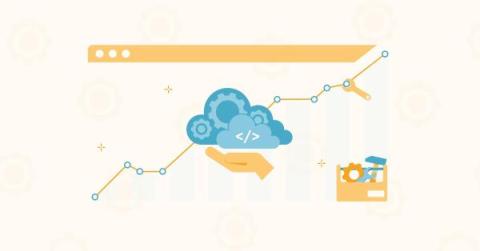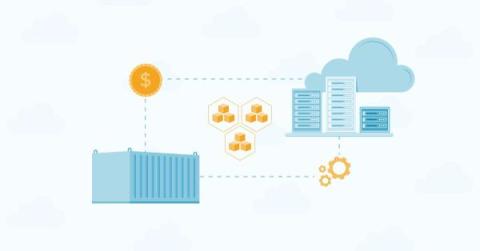What Is Tiered Pricing? 5 Tiered Pricing Examples
Pricing matters. Charge too little and you won't earn enough revenue to stay afloat. Charge too much and you could lose thousands in potential business. You don’t want to price out some customers. So what can you do? This is where tiered pricing comes into play. The SaaS pricing approach can be helpful for SaaS companies to meet the needs and budgets of each of their different customer personas.


